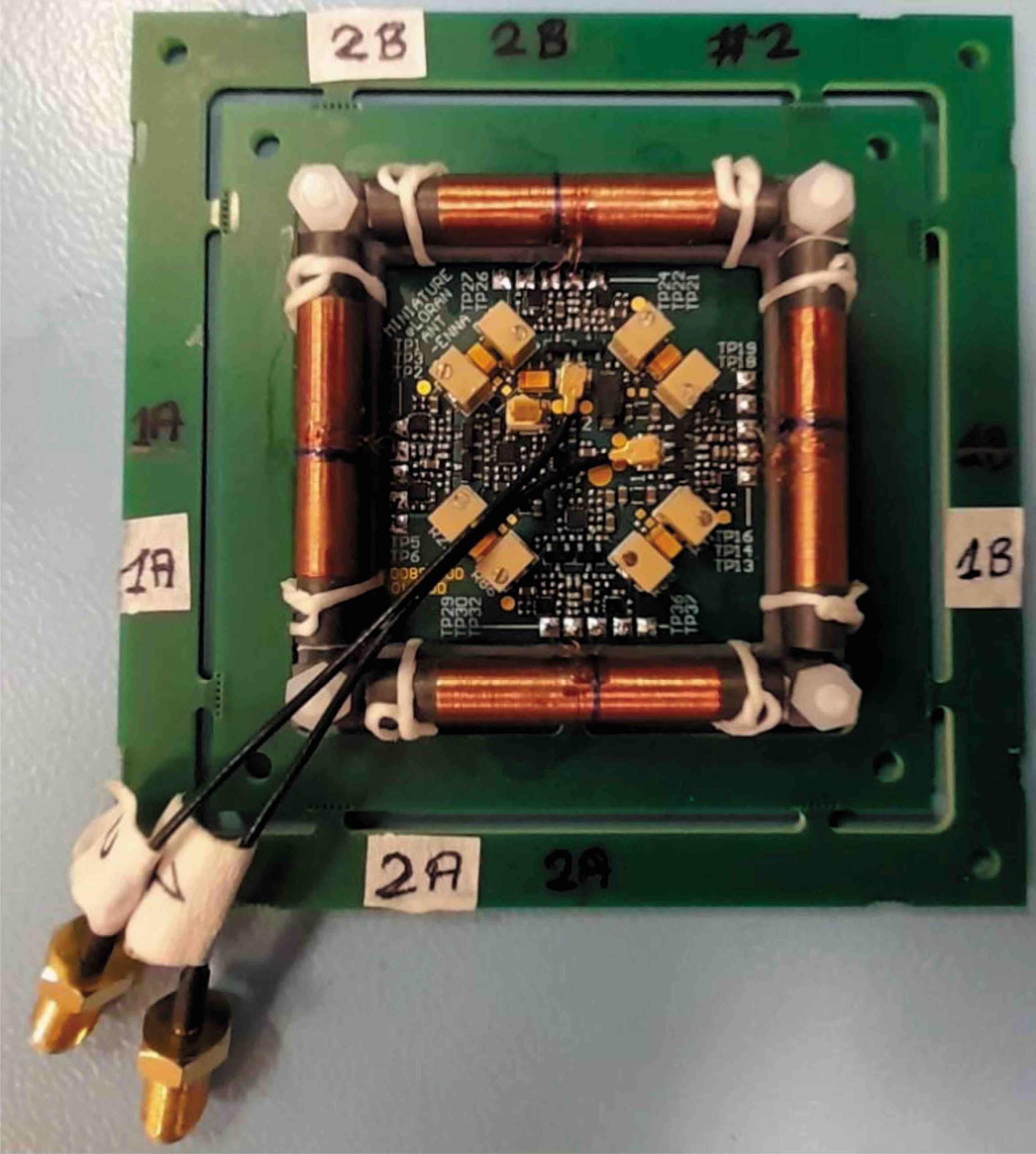The long-range navigation (LORAN) system, introduced during World War II, continues its ascent as a potential complement to GNSS services, especially in indoor, urban and underground scenarios. The UK-based Roke company, with support from the European Space Agency (ESA), is working to bring enhanced LORAN (eLORAN) to a broader user base, developing a miniaturized eLORAN antenna for portable and even hand-held devices.
“eLORAN is a network of high-power, land-based radio transmitters traditionally used by mariners and aviators to determine position,” said Roke’s Colin Cleverly, speaking at the final presentation of the ‘e- Loran antenna for handheld devices’ project. “Now, with increasing incidents of GNSS jamming and spoofing, interest in the system has once again intensified. Its low frequency and high power make it a more resilient alternative, although there is a trade-off in terms of accuracy, eLORAN giving you about 8m accuracy, depending on geometry of the coverage area.”
Because of the signal characteristics, eLORAN antennas tend to be quite large. “If we want to put them into smaller devices then we need to miniaturize,” Cleverly said, “and then, the risk is you reduce performance by a large margin.”
The right option
The company started by looking at a short list of potentially useful antenna types. The magnetoelectric antenna , Cleverly said, was a promising option, but the technology is still in its infancy and needs more work before it becomes viable. Roke decided to go with the so-called MILOR antenna, which it had previously developed itself, in house. “This design uses two orthogonally placed ferrite rods, with circuitry, enclosed in an IP67-rated case. We had previously tested it successfully at eLORAN frequencies but found it difficult to manufacture.”
Roke modified the MILOR design for the new project, using the same ferrite material but changing the dimensions of the rods. There are now four rods in total, two rods per channel, giving double the induced voltage of the original design. The new antenna, measuring just 55 x 55 x 14mm, was trialed in Roke’s own testing facilities, which feature unique, purpose-built, screened chambers.
“The new design was implemented successfully with low SWaP [size, weight and power] and form-factor,” said Cleverly. “This is ideally suited to small, hand-held applications. The design is manufacturable and suitable for all applications where reliable time or positioning is required.”
Roke is currently leading a new ESA-funded project aimed at developing a combined eLoran and GNSS receiver, and demonstrating its use as a more robust and reliable navigation solution in a number of realistic scenarios.





